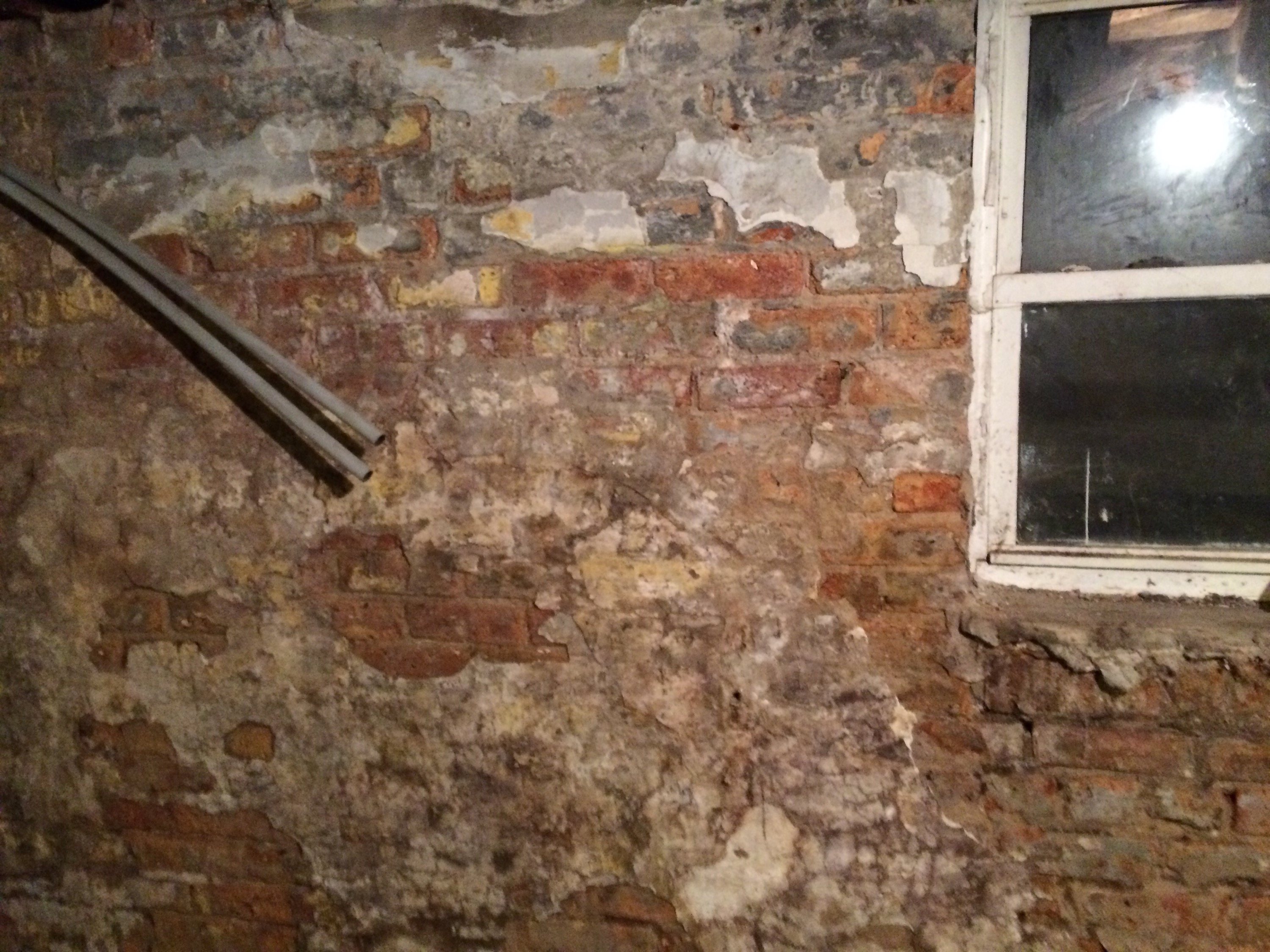
You can pick up referral work from these contractors. Many masons specialize in new construction and do not want to take the time to do tuck-pointing jobs. Talk to existing masonry contractors in your area to inform them that your services are available. Advertise in the local newspapers and leave your business cards at building supply stores. You can buy new equipment from a masonry supply store or search online or through the local newspaper for deals on used equipment. A tuck-pointing business requires the same type of equipment as other masonry work, such as scaffolding, ladders, trowels and a mortar mixer. Tuck-pointing often involves working at dangerous heights.īuy or lease the equipment needed for your business. Make sure you have adequate insurance coverage.
TUCK POINTING PROFESSIONAL
You will also need worker's compensation insurance for your employees. Professional tuckpointing usually runs around 9 to 15 per square foot, depending on the height of the wall and the standard rate for mason services in your area. Purchase liability insurance for your tuck-pointing company and its vehicles.
TUCK POINTING LICENSE
You may also need to obtain a business license with your city or township. Most states require testing, in addition to having experience in the field, from those wishing to obtain a contractor's license. Requirements for a contractor's license varies from state to state visit your state's contractor's license board website. Protection from the weather is essential until the lime mortar hardens.Obtain the proper licenses. It is placed with a jointer and trimmed using a ‘Frenchman’ or similar tool.
TUCK POINTING PLUS
The ribbon typically consists of lime putty and very fine sand or stone dust, plus possibly some pigment. Tuck-pointing is a technique using two colors of mortar to give the illusion of a thin grout line in brickwork. Its colour is derived from the sand and possibly additional earth or natural organic pigments, such as Venetian red or vegetable black. Tuck pointing is the process of removal deteriorating mortar from the joints of brick, block or stone structures and replacing it. Tuck-pointing is not exactly the repair you need. The stopping is inserted and comprises a lime mortar, often hydraulic, to match that used previously. A circular diamond blade is used to grind the mortar joints to allow new mortar. Trials on the building are important, with separate panels required for walls facing different directions due to variations in drying times and the resulting mortar colours.Īfter raking out the old mortar, a size-based colourwash may be applied to unify the tone of the bricks. Tuck-pointing is the process of filling the open gaps between the bricks/stones. A distinct section or even complete elevation is usually renewed in one job. Avoid replacing it with another joint type. Our primary services are tuckpointing, masonry work, chimney repair and maintenance, chimney.


If the brick needs repairing before the mason can tackle the tuckpointing job, this will generate additional cost. From Business: We are a masonry company serving aurora and the surrounding suburbs. Because it’s usually only necessary to remove. No healthy bricks need be removed during the repair. Tuck pointing is the process of removing old, disintegrating mortar from the brick joints and replacing it with new. You may pay in the upper end of the range for a chimney or a tall wall where the mason must go up and down a ladder frequently. Think of tuck pointing as tucking new mortar between bricks using the point of a trowel or specialized tool, hence the name.
TUCK POINTING HOW TO
Where necessary, old tuck pointing should normally be replaced like-for-like by a specialist. The cost of a tuckpointing job will range between 500 and 2,500 for a 10-by-10-foot section of brick. How to Tuck-Point (and Repair) Mortar Joints: This video shows you how to make cosmetic, non-structural repairs to deteriorated mortar joints, between brick.


 0 kommentar(er)
0 kommentar(er)
